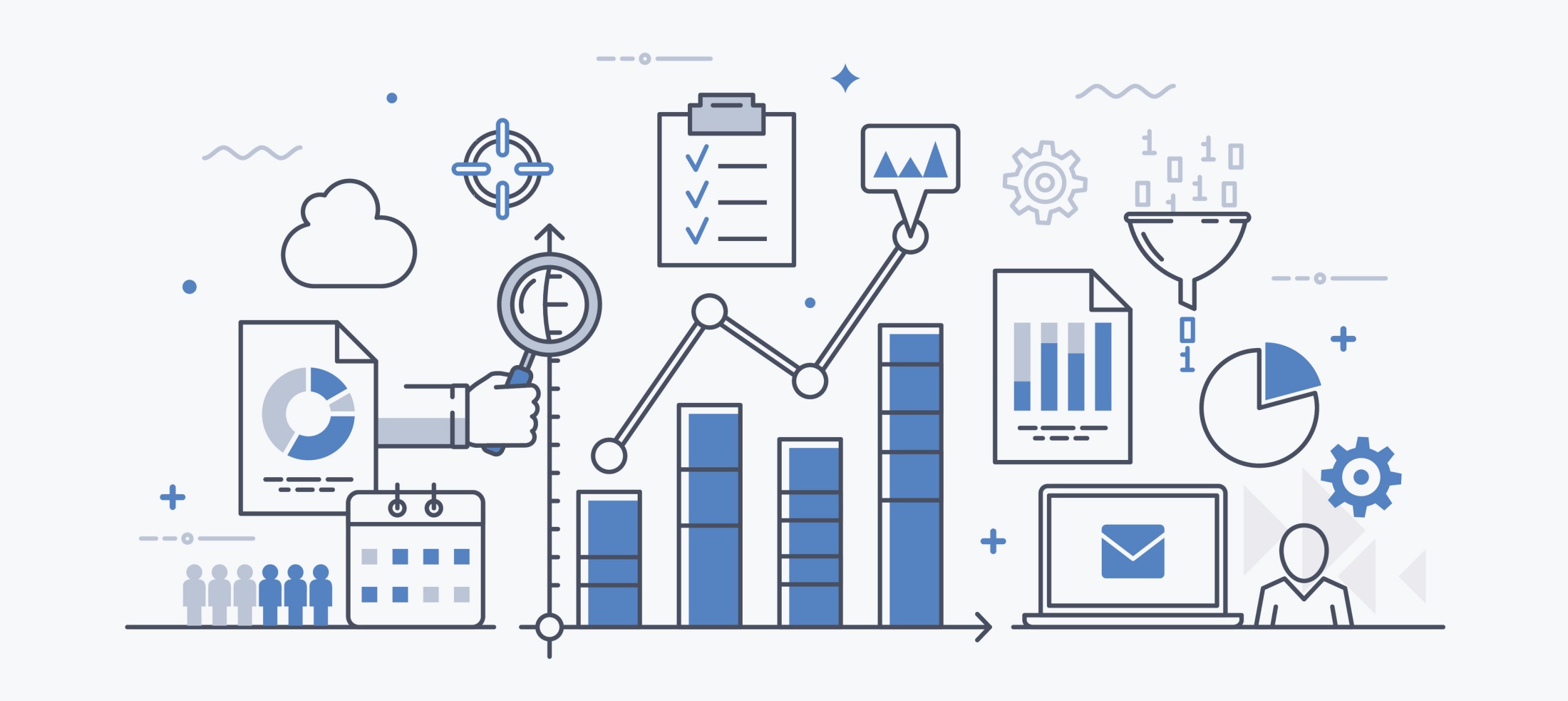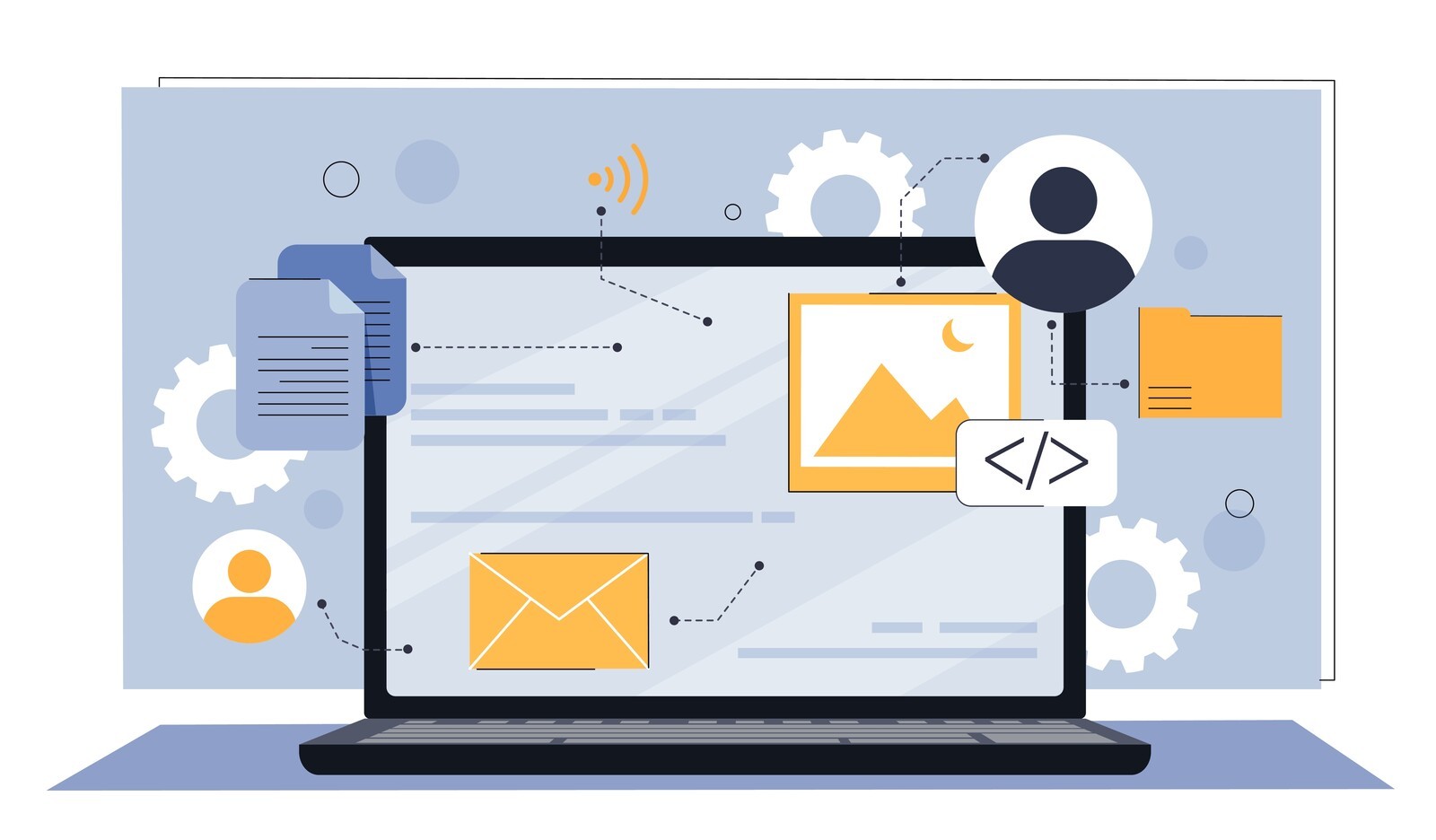Drupal, a powerful content management system (CMS), is widely chosen by businesses and organizations for its versatility in web development. In today's highly connected digital environment, ensuring robust Drupal security is essential. For websites built on Drupal, this means prioritizing a detailed security auditing process.
Conducting a security audit is not just a routine task—it's a critical measure to uphold the integrity, functionality, and safety of a Drupal site. Such audits are fundamental in identifying vulnerabilities and strengthening the site against potential threats.
Identifying Signs of Security Issues in Drupal
When it comes to website security, vigilance is key. Being proactive and quickly identifying potential threats can help prevent small issues from snowballing into significant problems. With Drupal, an open-source content management system widely used for building websites, it's crucial to be aware of the signs that may indicate security vulnerabilities.
Understanding these symptoms of potential breaches can help you respond promptly and take necessary preventive measures, maintaining the integrity of your Drupal site.
- Unusual Admin Activity
One of the first signs of a potential security breach is unexpected or unusual administrative activities. If you notice unfamiliar admin accounts, unexpected password resets, or other unauthorized changes within the Drupal admin panel, it might be an indication of unauthorized access. - Changes in Files and Database
Consistent monitoring of files and the database can help detect unwanted modifications. If you notice new files, altered file permissions, or unexpected changes in the database that you didn't initiate, these might be signs of a security compromise. Regularly comparing your Drupal core files with the original versions can be an essential practice in detecting these changes. - Unexplained or Erratic Website Behaviour
Sometimes, the signs are more subtle and manifest as odd or erratic behavior on the website. It might be something as innocuous as slow loading times, or as blatant as defaced web pages. Broken links, redirection to unfamiliar sites, or sudden appearance of suspicious ads might be indications that your Drupal site is compromised.
Recognizing these signs early is crucial in the prevention and mitigation of security threats in Drupal. As we proceed, we'll explore a comprehensive checklist for conducting a security audit, common tools to help with the process, and necessary steps if you find something amiss. Whether you're an experienced Drupal developer or a site owner, understanding these signs is the first step towards ensuring the security and integrity of your online presence.
Drupal Security Audit Checklist
Performing a security audit for your Drupal website is an essential step to ensure the safety and smooth running of your online platform. However, given the technical nature of these audits and the various aspects involved, having a structured approach is vital.
That's where a Drupal Security Audit Checklist comes in handy. It serves as your roadmap, guiding you through the complex landscape of website security and ensuring that no stone is left unturned.
Regular Monitoring
- Examining Server Logs
Regular inspection of server logs can reveal suspicious activities, such as multiple failed login attempts, unusual access patterns, and other red flags. Monitoring these logs allows for early detection of potential threats. - Observing User Activities
Tracking user activities, especially within the admin accounts, is crucial. Any abnormal behavior such as login from unusual locations or changes made at odd hours should be investigated. - Managing Updates and Patches for Drupal
Ensuring that the Drupal core, themes, and modules are up-to-date is vital for security. Regularly checking for and applying security patches can protect against known vulnerabilities.
Security Testing
- Scanning for Vulnerabilities
Various tools can scan your Drupal site for known vulnerabilities. Regular scans help in detecting issues that might have been overlooked and provide a detailed report on areas that require attention. - Performing Penetration Testing Specific to Drupal
Penetration testing involves simulating cyber attacks on your Drupal site to identify potential security weaknesses. This proactive approach helps in understanding how an attacker might breach your defenses.
Compliance and Best Practices
- Checking Drupal Core Integrity
Regularly comparing your Drupal core files with the original versions ensures that no unauthorized changes have been made. This integrity check can be an effective way to spot any tampering. - Ensuring Secure Configuration and Setup
Proper configuration of security settings within Drupal, including file permissions, access controls, and more, is crucial in safeguarding your site. Following Drupal's security best practices is advisable. - Implementing Strong Authentication Protocols
Utilizing strong passwords, two-factor authentication, and other robust authentication methods can add an additional layer of protection.
The Drupal Security Audit Checklist is a guide that covers key areas to watch for in maintaining a secure Drupal website. Regular adherence to this checklist can ensure that your Drupal site stays resilient against potential threats and that you are well-prepared to respond if something does go awry.
Tools for Drupal Security Audits
When starting a security audit for your Drupal website, having the right tools at your disposal is crucial. Effective security tools not only streamline the audit process but also offer in-depth analysis and proactive solutions to safeguard your website.
Several reliable and powerful tools have been developed to assist with security audits. These tools range from modules designed specifically for Drupal to more general security platforms that work across different content management systems.
- Drupal Security Review
Drupal Security Review is a module designed specifically for Drupal sites. It provides an automated checklist that checks your site for common security issues. From permissions to secure data transmission, this tool can be a vital part of your regular security audit routine. - Acunetix
Acunetix is a popular web vulnerability scanner suitable for Drupal websites. It can detect various security vulnerabilities, such as SQL injection, cross-site scripting, and more. It provides detailed reports, enabling you to prioritize and fix detected issues. - Security Kit
The Security Kit module provides an extensive array of tools designed to enhance your application's security. By targeting and reducing vulnerabilities, it minimizes the risks of various types of attacks, including cross-site scripting, cross-site request forgery, and clickjacking.
Each of these tools offers unique capabilities tailored to different aspects of Drupal security. Utilizing them as part of your regular audit process ensures that you stay ahead of potential threats.
What to Do If You're Unable to Fix the Security Issues
Security audits can often reveal complex vulnerabilities that might prove challenging to tackle on your own, especially if you're not an experienced web developer or security expert. Even with the best tools at hand, there might be issues that require professional intervention or other action steps.
Here's what you can do if you encounter such obstacles during your Drupal security audit:
- Engaging Drupal Security Experts
Sometimes, despite your best efforts, security issues may surpass your level of expertise. In such cases, it's absolutely advisable to consult with a professional who specializes in Drupal security. These experts possess a deep understanding of Drupal's architecture, common vulnerabilities, and the best remediation strategies. They are equipped with the right tools and knowledge to diagnose and resolve intricate security problems, ensuring your site's integrity isn't compromised. - Reporting the Issue to the Hosting Provider
Not all security problems originate within your website—some could be related to the server or hosting environment. If you suspect this might be the case, promptly reporting these issues to your hosting provider is a wise move. Many providers offer dedicated security support and can help address server-level vulnerabilities that you might not be able to handle on your own. - Restoring the Site from a Known Good Backup
In some instances, the quickest way to recover from a security issue is to restore your website from a known good backup. This means having a robust backup strategy in place is a non-negotiable aspect of maintaining a secure Drupal website. Regular, secure backups can help you revert any unauthorized changes and restore the normal operation of your site more rapidly.
Regularly conducting a security audit for Drupal using the tools and techniques outlined above can help you maintain the integrity and trustworthiness of your site. Taking proactive steps to keep your Drupal site safe not only protects your data but also the user experience for your visitors.
If you find this process overwhelming or need specialized assistance, don't hesitate to consult a professional for a Drupal Security Audit. Security experts can offer tailored solutions and peace of mind in safeguarding your online presence.




